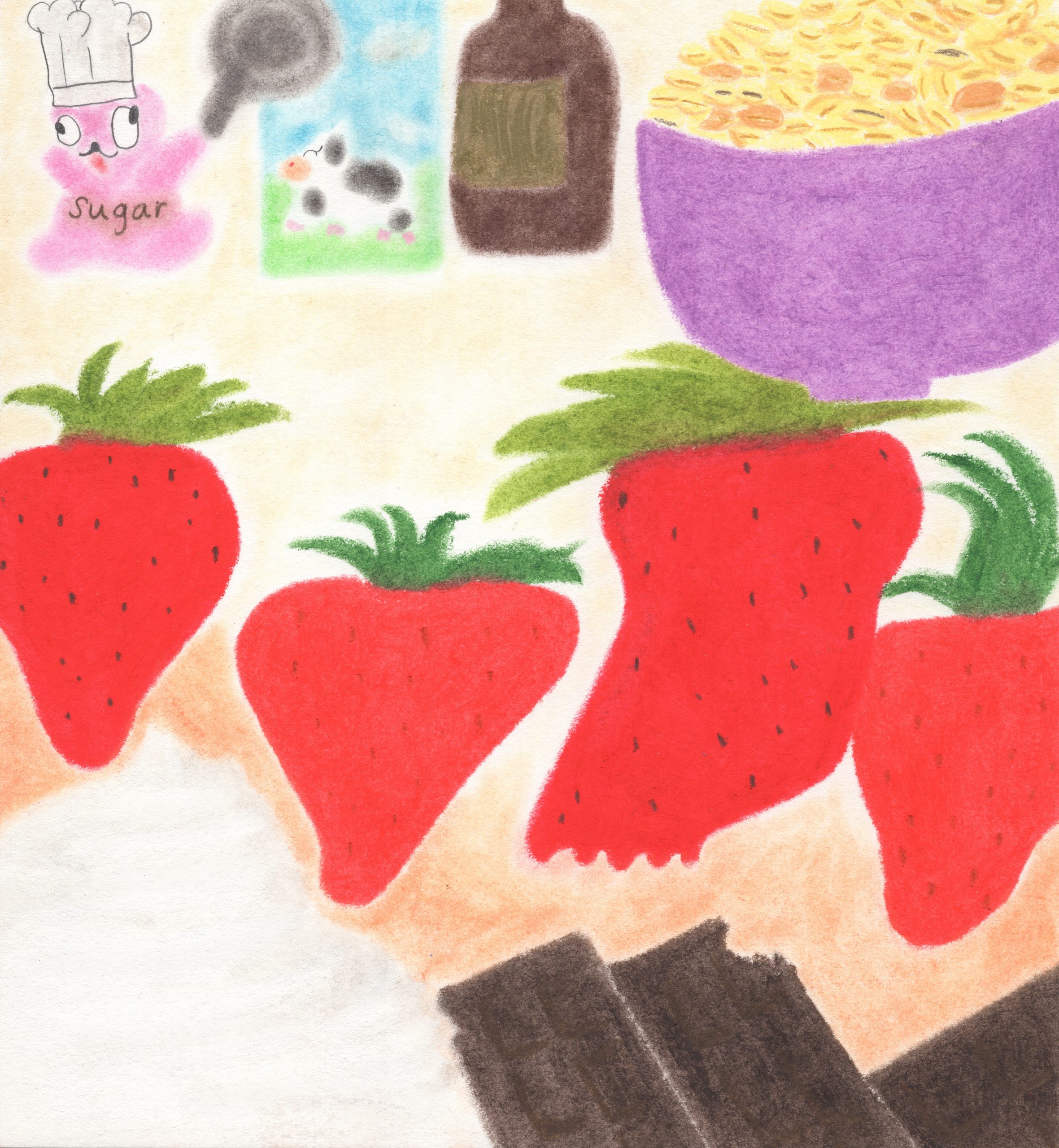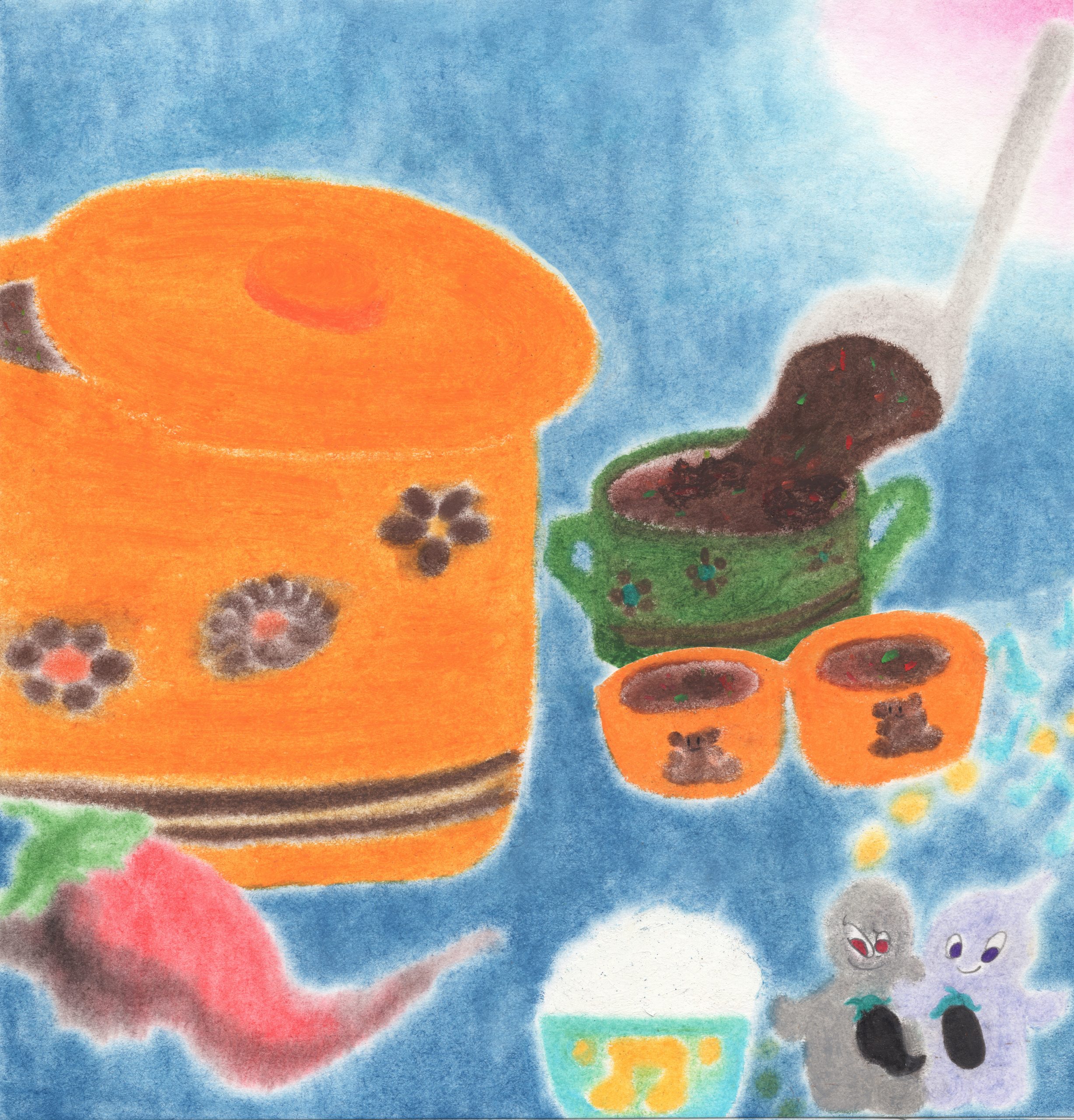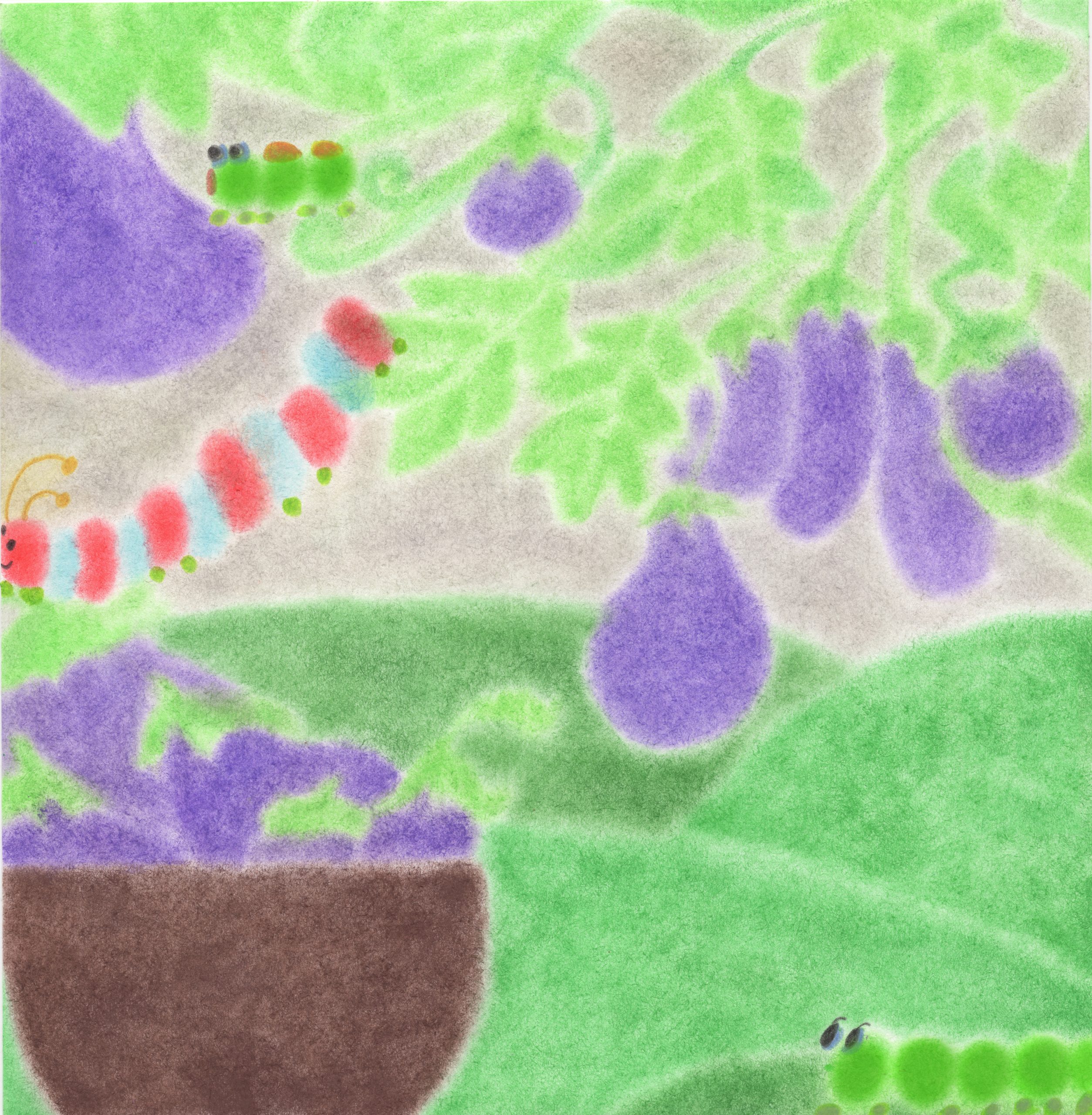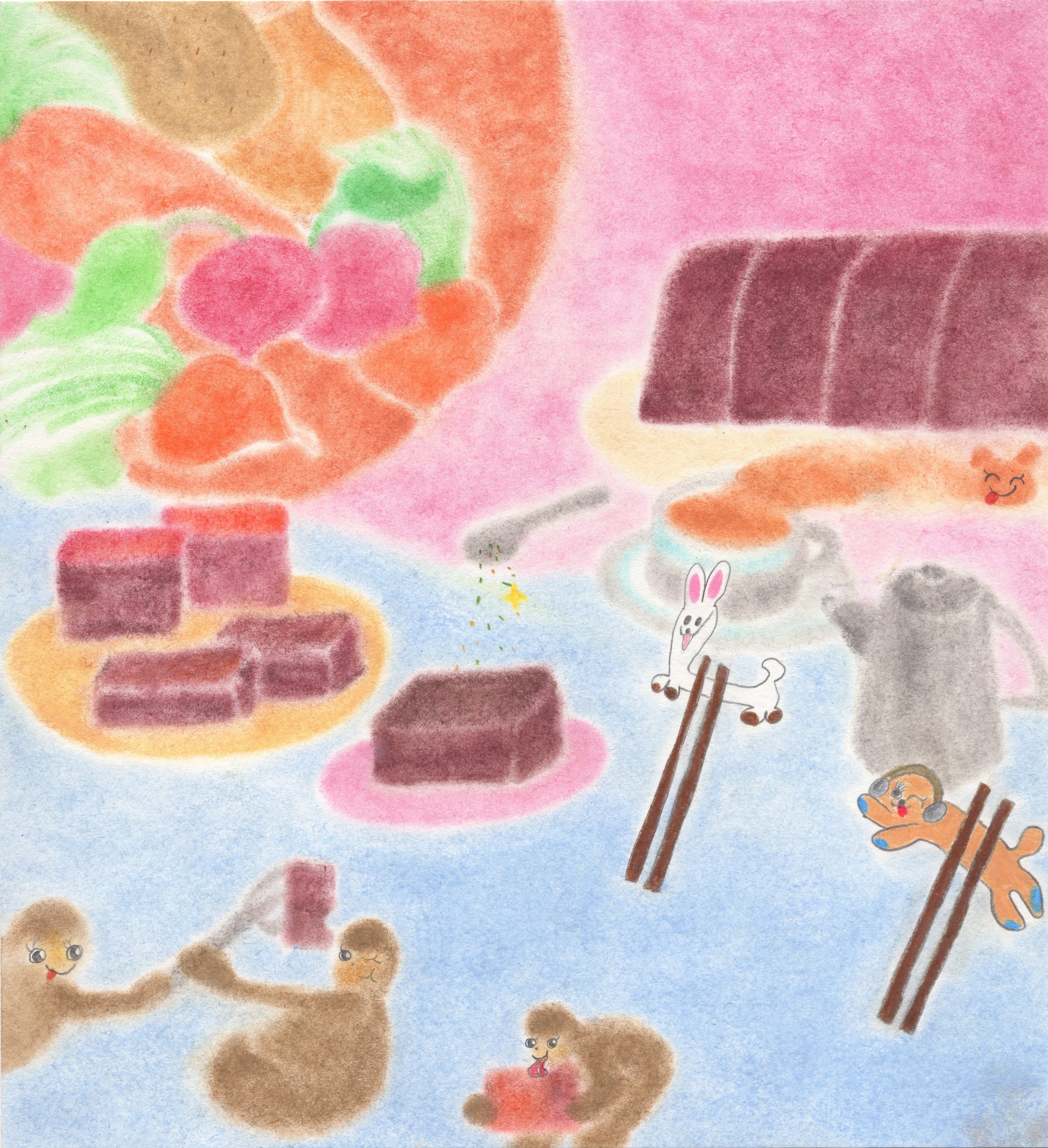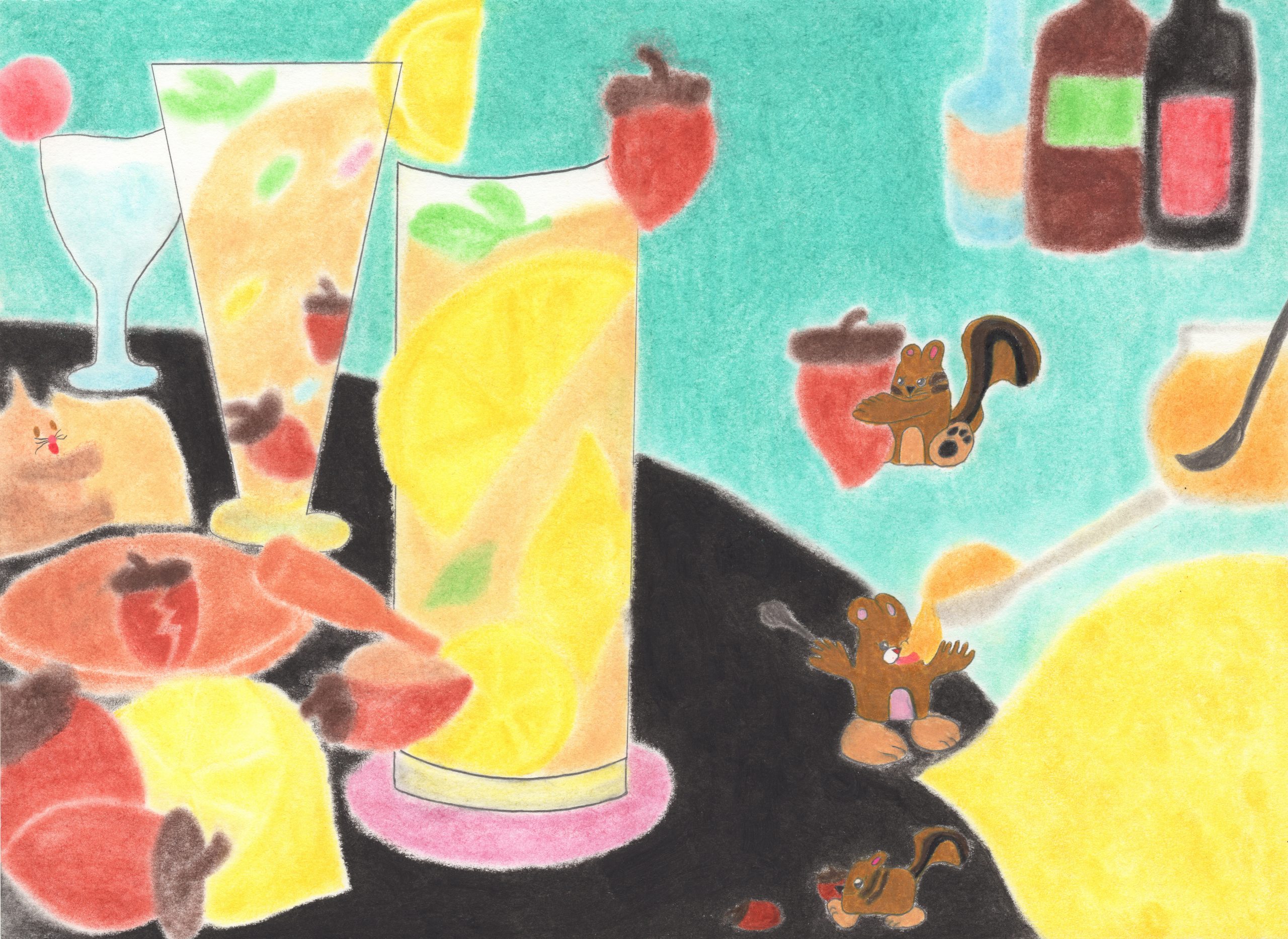Required Reading is a series that pairs original recipes with reflections on revolutionary texts.
“Lenin walks around the world. Black, brown, and white receive him. Language is no barrier. The strangest tongues believe him.”
Langston Hughes
Lenin was a pseudonym Vladimir Ilyich Ulyanov adopted in his thirties to evade the police. Born in 1870, he was raised and radicalized at the tail end of old Russia which by then had become “one of the first genuine police states in history.”1 Serfs across the country had been protesting, growing more militant, while armed police cracked down on labor unions and left-wing parties. At age 18, Lenin witnessed the execution of his brother for his involvement in a revolutionary group that attempted to assassinate Alexander III. By the age of 24, Lenin had begun his propaganda work in St. Petersburg and pledged his life to the revolution.
- 1. The Russian Revolution, Walter Rodney.
Lenin in fact became the “first man to create the practice of revolutionary politics.”2 State and Revolution—drafted in exile and published in 1917 as the Russian Revolution was completing the first stage of its development—answers all basic questions regarding the role of the state before, during and after the revolutionary era. It is a scientific study of the transition from capitalism to communism—that is, what comes after class struggle. Translated into most written languages, this text has provided critical infrastructure for revolutions across generations and geographies.
When Lenin died in 1924, the Jamaican-born Black nationalist Marcus Garvey eulogized from New York that he was “probably the greatest man in the world between 1917 and the hour of 1924 when he breathed his last and took his flight from this world.”3 “A savior of his people,” Garvey said, who “pointed the way for a better system of government through which humanity will have peace and perfect peace.”4 In the following years, the Lenin Peace Prize for the Strengthening of Peace Among the Nations was created and awarded to several political pioneers. Among them were Angela Davis, Fidel Castro, Kwame Nkrumah, and W.E.B. DuBois, who heralded communism as “the best system for all countries,”5 as well as Paul Robeson, who reverently spoke of Lenin as one of “the shapers of humanity’s richest present and future.”6
In Soviet filmmaker Dziga Vertov’s 1934 film Three Songs About Lenin, a sequence of black and white inserts heartily read “In Europe, in America, in Africa, and beyond the Arctic Circle, people sing songs about Lenin, friend and liberator of the oppressed / These are songs of a woman who has cast off her veil, of electricity that brings light to the villages, of water that makes the desert recede, of the illiterate who have become literate / These are songs of the struggle for a new, happy life, and of this being one with Lenin.”7 English journalist Arthur Ransome likewise recorded in 1919 after a series of interviews with him that Lenin is “the exponent, not the cause, of the events that will be forever linked with his name.”
To Lenin, communism was not a matter of if but when. So he helped figure out how. We return to him not because he knows what is ahead of us—only we can know what is ahead of us. Instead we return to him because he left us with the tools with which we can correctly analyze our situation and determine our next steps. Above all else, we return to him because he believed in our revolutionary potential. He believed in the movement of the masses, “in the elemental forces that move people … his faith in himself is merely his belief that he justly estimates the direction of those forces.”8
- 2. Revolution and Evolution in the Twentieth Century, Grace Lee & James Boggs.
- 3. The Marcus Garvey and Universal Negro Improvement Association Papers, Vol. V, edited by Robert A. Hill.
- 4. Ibid.
- 5. “Du Bois gets Lenin Peace Prize: $25,000 “for groceries”
- 6. To You Beloved Comrade, Paul Robeson.
- 7. Three Songs About Lenin, Dziga Vertov.
- 8. Notes of Conversations with Lenin, Arthur Ransome.
𐩕 BARLEY PUDDING9 𐩕
dark beer, dark chocolate, frozen strawberries
- 1 cup pearled barley
- 1 bottle dark beer or stout
- Dark chocolate bar
- 1 cup frozen strawberries, grated x kept cold
- ¼ cup sugar
- 2 cups whole milk
- ½ tsp Nutmeg
- 2 egg yolks
- 3 tbsp cold butter
- 1 tsp Vanilla extract
- 1 cup Heavy cream
For whipped cream:
In a sturdy mixing bowl, whip heavy cream x sugar with a whisk until peaks just start to hold themselves up. Fold in ¾ cup grated strawberries.
For pudding:
Leave beer to go flat. Gently heat beer with sugar until sugar is completely dissolved. Allow to reduce to about 1 cup. Set aside x allow to cool completely.
Toast barley grains in a dry skillet until golden x nutty. Allow to cool.
Add milk to a saucepan with sugar, vanilla, nutmeg x stout syrup in a saucepan on medium heat. Bring to a gentle simmer.
Add barley grains to milk mixture. Cook pudding at a simmer10, stirring occasionally, until grains are soft x pudding is creamy. Never allow to boil.
Remove pudding from heat. Add cold butter11 x stir until butter is melted. Add egg yolks12 x stir until well incorporated. Transfer to a sheet tray x allow to cool completely in the fridge.
—
Serve pudding with whipped cream, more grated strawberries x chocolate.
- 9. This recipe is inspired by a Danish dish called øllebrød, a porridge made from stale rye bread that is soaked overnight in dark beer and citrus juice and zest, then blended and sweetened and served with whipped cream and other toppings like fruit, jams, etc. The USSR never extended to Denmark, but the connection is made through the rye, substituted here for barley; cereals are major crops in both Denmark and Russia, and were in the former USSR of Lenin’s time.
- 10. Custard is an emulsion, and as such is sensitive to heat. Do not allow the custard to ever get too hot, as too much heat, or rapid spikes in temperature, can cause the milk solids to separate from the whey, in which case you would have to start the recipe over. As moisture evaporates from the pudding, the temperature becomes increasingly volatile and requires consistent monitoring. This is also why it is important to allow the stout syrup to cool before adding it to the pudding.
- 11. Cold butter lowers the heat of the pudding. The amount used helps to balance the water:fat ratio in the pudding, which was altered by the additional water added from the stout syrup.
- 12. The egg yolks stabilize the emulsion as well as turn the pudding into custard from just sweetened reduced milk with grains in it.
